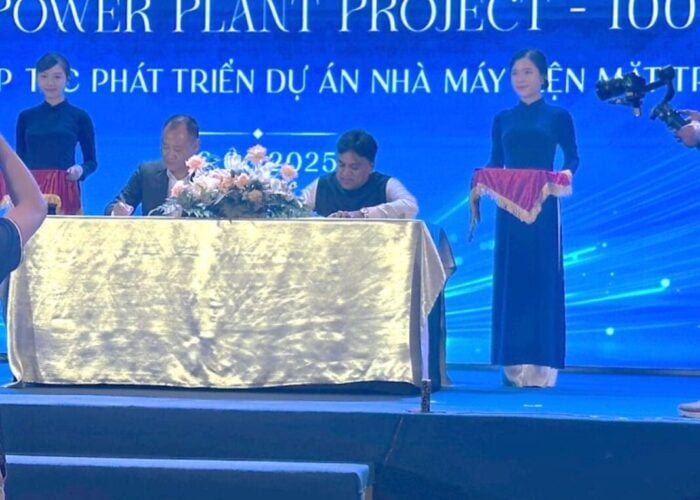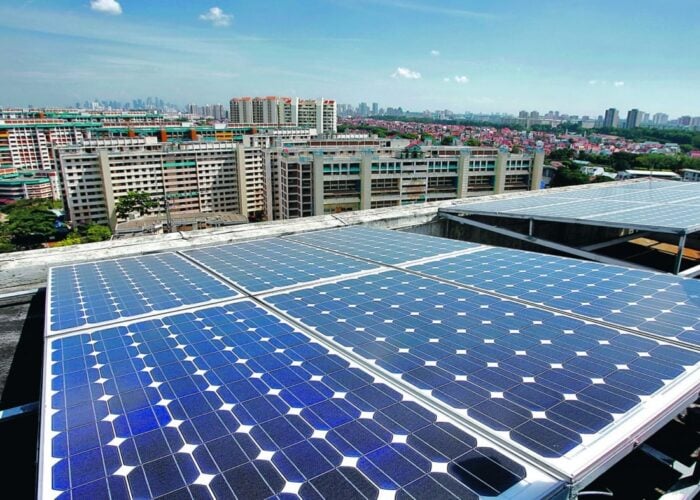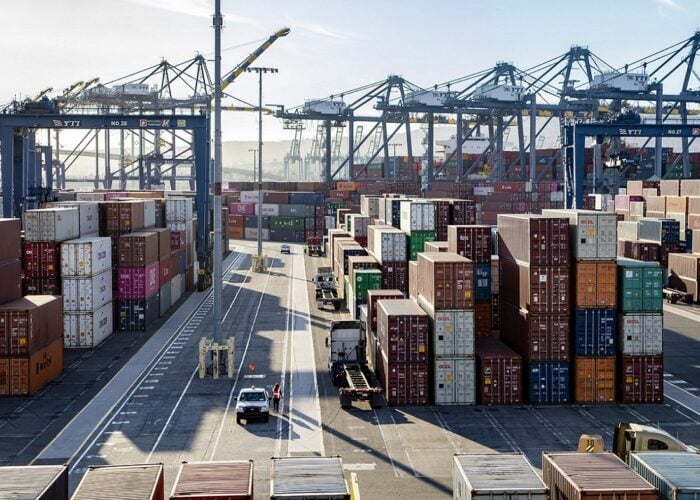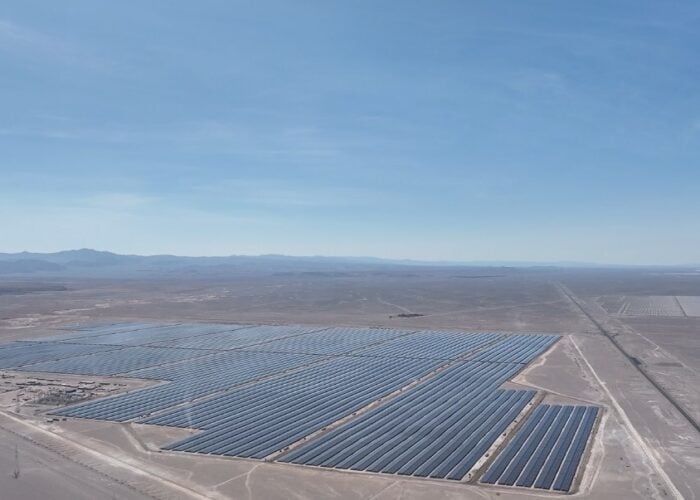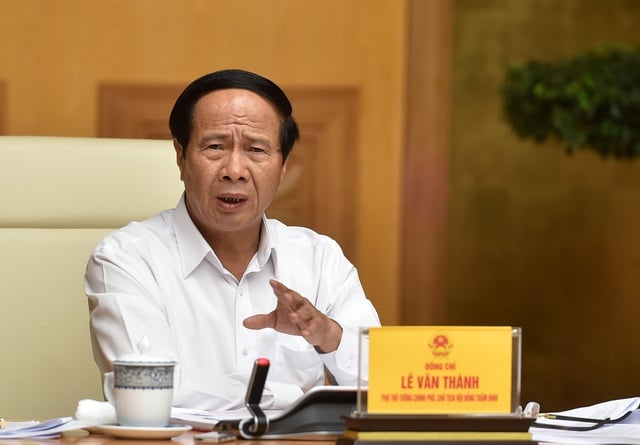
Vietnam has cut its 2030 power capacity target by 35GW under its newly agreed upon draft Power Master Plan VIII (PMP8) but is making more room for renewables as it seeks to reduce its reliance on coal.
Under the PMP8, which has been revised several times amid continued disagreement between government bodies, Vietnam’s national power capacity by 2030 will be revised down 146GW as seeks to retire a greater number of coal-fired power generation sites in the country.
Unlock unlimited access for 12 whole months of distinctive global analysis
Photovoltaics International is now included.
- Regular insight and analysis of the industry’s biggest developments
- In-depth interviews with the industry’s leading figures
- Unlimited digital access to the PV Tech Power journal catalogue
- Unlimited digital access to the Photovoltaics International journal catalogue
- Access to more than 1,000 technical papers
- Discounts on Solar Media’s portfolio of events, in-person and virtual
On Tuesday (26 April) in a meeting chaired by Vietnam’s Deputy Prime Minister Le Van Thanh, the country’s Minister of Industry and Trade, Nguyen Hong Dien, said the plan will also target a more equal balance in regional electricity generation and support the development of other fuels like hydrogen and ammonia.
Vietnam has recently been plagued by regulatory and operational uncertainties stemming from a lack of clear policy, an “underdeveloped grid capacity” and the constant revisions to its PMP, according to Fitch Solutions.
According to Van Thanh, the new plan will save “tens of billions of dollars” by “reducing investment in transmission lines and reducing transportation costs”, helping to push down electricity prices for consumers.
There was no mention of solar in the new plan – in March Vietnam’s government said its planned 18.4GW of solar capacity for the 2021-2030 period is “too high” following issues with curtailment and grid connections – but there were numerous references to an expansion of both onshore and offshore wind.
According to state-run utility EVN, Vietnam had 76.6GW of total installed power capacity at the end of last year, with wind and solar making up 27% of total capacity.
Last month, Fitch Solutions said its expects the growth of non-hydro renewables to “slow significantly over the near term” after the delivery of a backlog of projects due for completion over 2022 because of “several regulatory and operational uncertainties”.
Fitch said the routine revisions to Vietnam’s Power Master Plan included “notable differences across each revision in terms of the roadmap that government wants to adopt for the sector.”
“We believe the lack of a clear policy direction will weigh on near-term investor sentiment,” added the research firm.
After experiencing rapid growth in solar deployment – more than 9GW of rooftop solar was installed in Vietnam in 2020, around 6GW of which was installed in December of that year alone – Vietnam has suffered from significant curtailment issues, with many projects also struggling with connection issues.
The amount of solar capacity added plummeted in 2021, far outstripped by wind, and this trend is expected to continue this year, before solar takes the lead again in 2023, accord to Fitch Solutions projections.
The draft plan will be submitted the Vietnam’s Prime Minister in May for approval.

